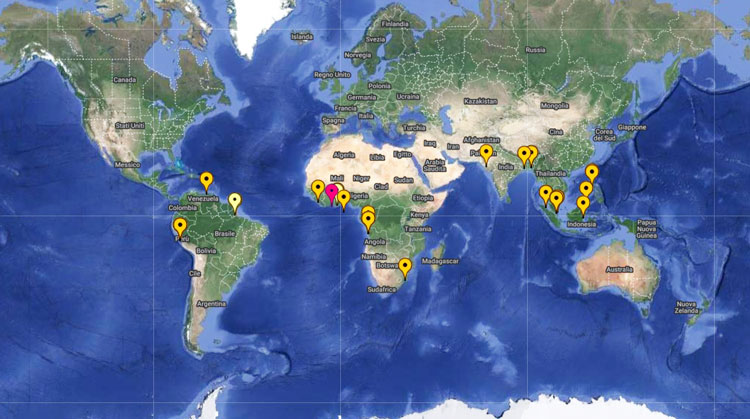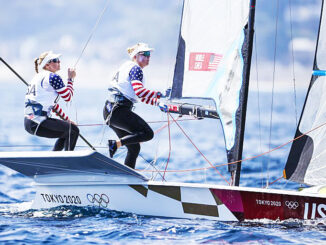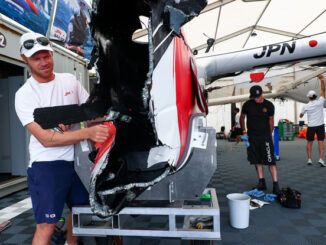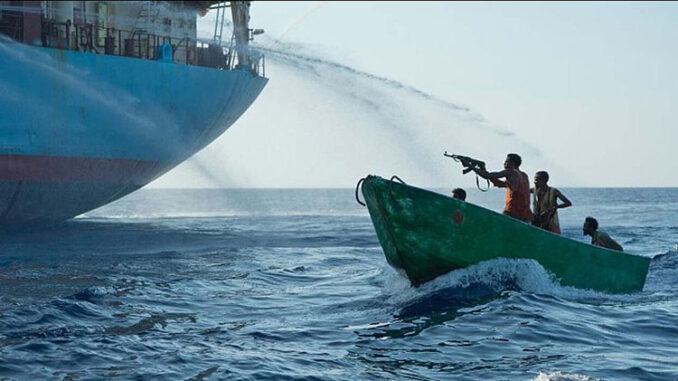
United Kingdom – 5/16/2022 – By Sefo – Following winds… a favorable current… the sea helps the skippers move faster… Some sections of the Global Solo Challenge will be pure bliss for its participants.
Nice weather, usually sunny with a pleasant temperature, makes life on board a real pleasure. Skippers can spend most of the time above deck and cultivate other interests other than navigation; read, listen to music, write… or simply enjoy the views that the Ocean and Nature hve to offer at any given time.
In principle, once boats have put the Canary Islands behind them and the closest land ahead is the archipelago of Cape Verde, this crossing should be one of the smoothest of their journey around the world.
On their way, the coast of Mauritania busy with merchant boats on their N-S-N routes and a lot of fishing activity closer to land.
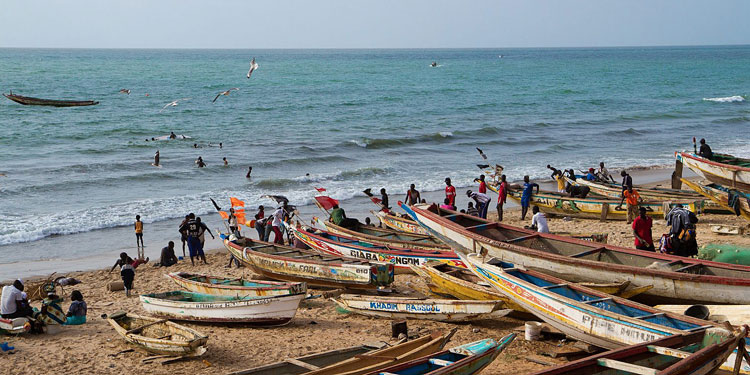
Mauritania’s coast extends from 16º N to 24º N, and Cabo Dubouchage is the second westernmost point of Africa – at a longitude of 017º06’327’’O – after Cape Verde in Dakar – at a longitude of 017º29’235’’O.
The weather in Mauritania is obviously defined predominantly by north-easterly trade wind, and occasionally the Harmatán.
A characteristic of this coast that is worth mentioning is its continental shelf, which extends for approximately 50 miles and is very shallow.
If sailing on a straight line from the Canary Islands to Cape Verde skippers will sail past the coast the coast of Mauritania at quite a significant distance, but this may vary with the strategy and route optimised for the weather forecast. Cabo Corveiro will be 160 miles on their port side from the direct route and in principle it will be as close as they will get to Western Africa. Given the boats need to sail west of the St Helena High to “round” Cape of Good Hope there should be no need to get any closer.
Getting close to Africa’s western coast, aside from not being a logical choice as in typical seasonal weather should mean finding headwinds and opposing currents, not to mention the not entirely unlikely chance of pirate attacks. However, if weather systems are displaced from their normal position the fastest route may take skippers further inshore.
Even though pirates are known to mainly target cargo ships, attacks on yachts are not unheard of.
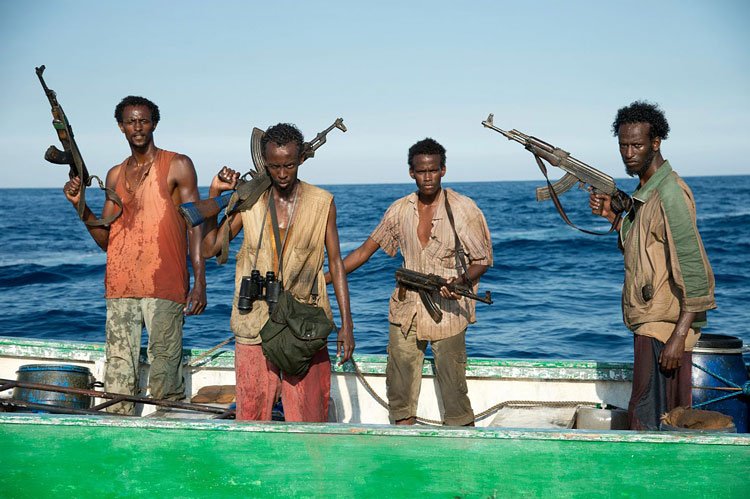
These episodes usually occur close to the coast, when yachts are anchored alone in small, isolated bays, and in “troubled” countries, but this doesn’t mean that there haven’t been cases of attacks, or attempts to attack, at a certain distance from the coast.
Personally, during our crossings in the Caribbean, we experienced the unpleasant feeling of being “attacked” only once, on board the “Sherezade”, in 1991, off the northern coast of Venezuela.
We were sailing from Cumana to Tortuga Island at a good 30 miles from the coast when we spotted a Venezuelan pinero boat heading towards us at speed and it was immediately obvious, even from a distance, that it was not a “normal approach”.
We took the signalling gun on deck and thanks to the language (Spanish) and obviously the flare gun, following long negotiations shouted across the water, a lot of tension, and our threats to shoot at their fuel tank, they left cursing angrily.
One thing was for sure, they weren’t fishermen, whose faces we knew well because we had been sailing in those waters for months and we always had pleasant exchanges with them! In the following days we started doubting we were doing the right thing… and we were shocked and scared for a while… in the end… all was forgotten…
Pirates shouldn’t be a problem for GSC skippers, unless for any unplanned reason they have to land in countries in conflict.
From a legal point of view, carrying firearms on board a sailing boat is complicated and depending on the flag it flies it can be almost impossible, therefore entering a “foreign” port in a hight risk country should be avoided unless in the case of a serious problem.
Nevertheless, as in our case on board the “Sherezade”, one can always use whatever is at hand on board as a weapon. However, the best defence is prevention, knowing the waters you are sailing, not anchoring in isolated spots, especially in countries in conflict, if possible, sailing within radio distance from other boats, being careful in ports, etc.
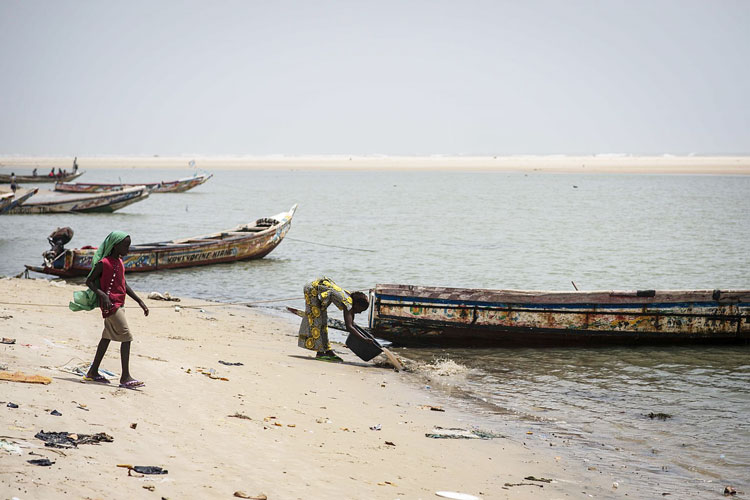
Marco Nannini, event organiser, reported that during his Global Ocean Race skippers had been alerted of some piracy incidents along the coast of Mauritania and were advised to keep a good lookout. “At some point, whilst sailing 40 miles off the coast, we were approached by a small thin boat with 4 men on board, we were tense especially as we could not understand why such a small boat would be so far offshore. As the boat came close we saw the huge smiles of the 4 friendly and curious fishermen and all was good. There have not been reports of any piracy activity near the coast of Mauritania in recent years, however piracy is a problem further south in West Africa and in the Horn of Africa. Skippers in the Global Solo Challenge will not pass close enough to areas with recent incidents to be concerned but organisers will keep monitoring the live reports tracked by ICC-CSS which provides a live map of all know worldwide incidents.”
